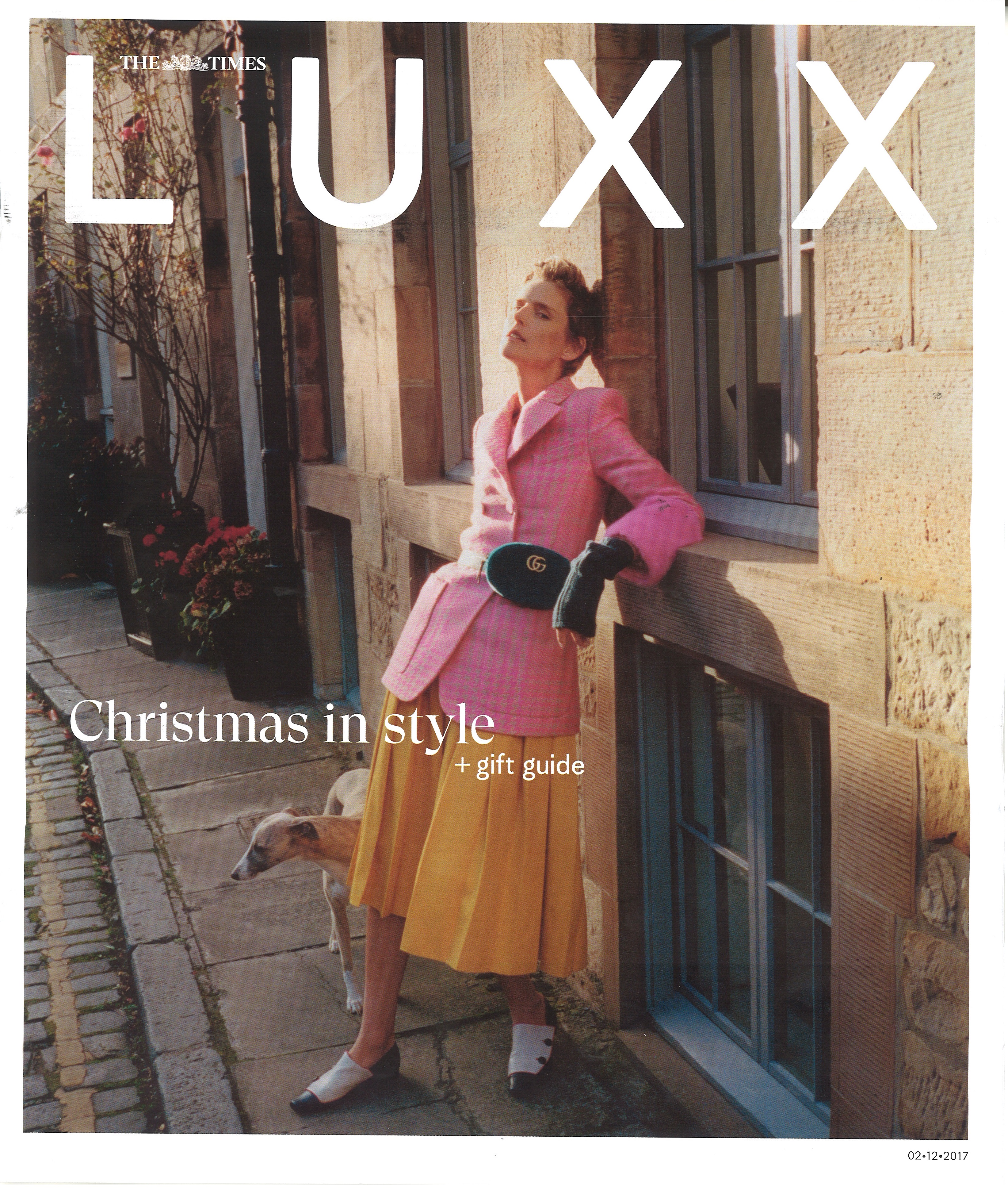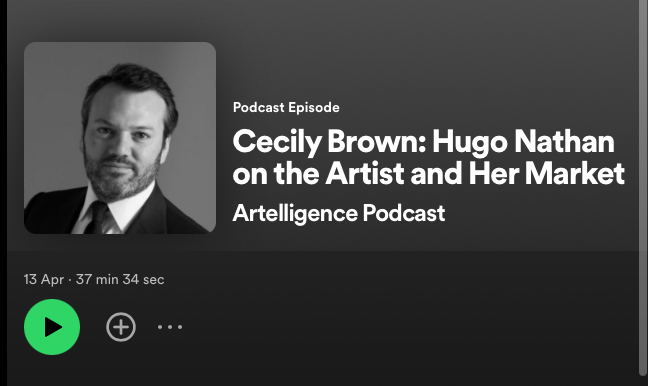Drawing on their contacts: Art advisory in the 21st Century
December 4, 2017

Leonardo DiCaprio has one, the rapper Diddy uses one, Aman hotels make use of them around the world, and their businesses often sell for more than the paintings that they buy. Welcome to the latest member of the elite’s entourage – the 21st-century art adviser.
While 20 years ago there would have been only a few art specialists, often linked to powerful auction houses, available to advise the wealthy on their art, today a new generation has swelled their ranks considerably. They know how to build a collection, when to buy and sell art and who the next big names might be, as well as how to hang works, light them and insure them.
Why the sudden influx of specialists into the market? Partly because the price of art has risen stratospherically, which means that buying good art is no longer about risking a few hundred pounds on a whim, and also because the art world has become a complex one. Not everyone understands the value of what is, essentially, pigment on paper, or why two similar-looking pieces of monochrome abstract art can differ in value, sometimes by millions of pounds.
The role of the art adviser has certainly come a long way since being an offshoot of American interior designers in the 1990s. “Then it was far more about shopping than collecting. It’s much more sophisticated now,” says Hugo Nathan, who co-founded Beaumont Nathan with Wentworth Beaumont in London in 2014. The pair had worked together before, for the established Dickinson Gallery – Beaumont from London and Nathan from the US, having previously worked in Christie’s Old Masters department. In June the firm bought on behalf of a client Kandinsky’s record-breaking Bild mit Weissen Linien, 1913, for £33 million.
Buyers’ needs, too, have changed over the past 20 years in parallel with the pace and popularity of the art market. Once art-buying was something that a wealthy retiree could start later in life. However, now a younger generation of hard-working professionals – cash rich, but time poor – want a piece of the action. With art fairs around the world every week and marquee auctions through the year, art is sold relentlessly. “It’s busy, the stakes are high and it’s got more complex,” says the New York art adviser Lisa Schiff, whose clients include Leonardo DiCaprio. “Even high-profile, seasoned collectors need a sounding board.” Just how powerful these sounding boards have become was brought to light in 2016, when Sotheby’s paid up to $85 million essentially just to bring into the company Allan Schwartzman, Amy Cappellazzo and Adam Chinn, who had founded Art Agency, Partners only two years previously.
Third-party advisers can also offer much-needed independence in a world where conflicts of interest can be commonplace. “People have always wanted advice, but it’s traditionally come from a conflicted source,” Nathan says. Auction house specialists, for example, act on behalf of sellers (as well as getting a commission from their buyers) so words such as “important”, “masterpiece” and “rare” are peppered rather liberally in their catalogues. Gallerists represent a select number of artists or have their own stock to sell. Art advisers, in theory, have no vested interest in particular artists or works – although it is always worth checking. As Melanie Clore, who was previously the chairman of Sotheby’s Europe, but left last year to found Clore Wyndham with Henry Wyndham, says: “We put the art at the centre of what we do, responding directly to the picture or sculpture rather than to any noise around it. We spend almost as much time telling people not to buy things as to buy them.
In this niche market, not every adviser does the same thing, with the role often evolving alongside relationship-based, boutique firms in other industries. “Choosing a good art adviser is as important as finding a fantastic private banker or GP. It’s about identifying someone who you can completely trust,” says Arianne Piper, a relative old-timer, who started as an art adviser in London in 2004. Her clients include the Swedish-born commodities investor Erik Wigertz – who buys works by artists such as Bridget Riley, Wolfgang Tillmans and the Korean artist Ha Chong-Hyun – and Walid Kamhawi, an investment professional who favours avant-garde works from Asia, the Middle East and Africa.
Getting hold of newer art by big-name contemporary artists or rising stars is where art advisers can come into their own. Galleries have something of a stranglehold on their artists’ latest works, which are limited in number and often have a waiting list before they’re made. Art galleries today might often look like high-end fashion shops, but you can’t walk into White Cube and pick up the latest Damien Hirst in the same way that you can a suit from Prada.
Mervyn Metcalf, the managing director of the boutique investment bank Dean Street Advisers and a contemporary art collector, believes that a respected art adviser helps to give credentials to a collector. “There are a couple of works that I would never even have seen without one,” he says. “Plus, as a professional in the art market, an adviser brings to light new artists that a collector typically wouldn’t see. That’s invaluable.”
At the top end, an art adviser’s job is very secretive, with most details and decisions kept under wraps. Clore describes the four pillars of the business as “access, relationships, expertise and absolute discretion”. The relationship between a client and an art adviser is, by necessity, personal. For example, advisers will often have to go into people’s homes, which many wealthy clients are extremely protective of. Schiff says that almost all of her clients make her sign non-disclosure agreements – not only to protect details about their homes and lives, but also about what they buy – secrecy that, of course, only adds to the art world’s shroud of exclusivity.
While many clients are extremely wealthy, not all are millionaires. Nicholas Campbell founded and runs Narcissus Arts, which specialises in advising on art purchases under £10,000. This high-volume area is potentially more of a minefield and the majority of artworks are not going to be a good investment. However, he explains: “If you are open-minded and know where to look then the opportunities are certainly there.” He seems to have an eye for good buys – the artists he has identified as good investments since 2010 include Jon Rafman, Nicholas Hlobo and Richard Mosse, whose artworks now cost from about £30,000.
This level of advice, naturally, doesn’t come free – art advisers typically charge a percentage of a work’s transaction value or work on a retainer. It’s not easy finding the right person, either. “The problem is that anybody with an iPhone and a pair of Louboutins can call themselves an adviser,” says Adam Sheffer, a partner at the New York gallery Cheim & Read. There’s no official qualification, although organisations such as the Association of Professional Art Advisers help to sort the professionals from the pretenders.
An unofficial rule of thumb is not to take on an art adviser who is under 30, as they simply cannot have had enough experience. Plus, as with most relationships, word of mouth is better than a Google search. Designer shoes could also be a red flag, Nathan warns. “Art collecting should be fun and glamorous, but that doesn’t mean that your adviser should be.”

